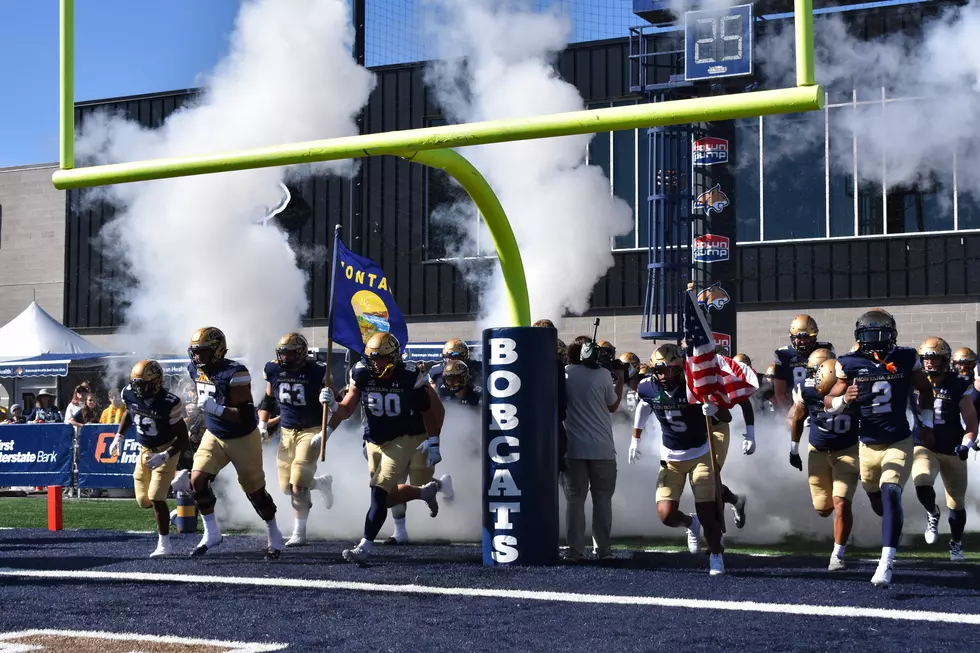
MSU student surge adds $5.5 million to budget, prompts dorm upgrade
Record student enrollment at Montana State University has created an expected budget windfall of $5.5 million and sparked a $15 million plan to fix old dorms and build some new student housing.
MSU will ask the Montana Board of Regents next week to authorize spending of the additional tuition money. The university will also seek the regents' approval of its plan to upgrade dorms and build another new apartment-style building for 70 students, like the North Hedges Suites.
The Bozeman campus set an enrollment record this fall of 11,780 full-time students. That's nearly 600 more than officials expected when preparing this year's budget.
MSU predicts that by next summer, it will take in $5.5 million more in tuition than originally budgeted. That breaks down to $1.6 million in tuition from Montana, $3.3 million from out-of-state students, plus some additional tuition and fees.
"That's not a windfall - it's new students" who need more services, said Craig Roloff, vice president for finance and administration. "With added enrollment comes added obligations and responsibilities."
MSU plans to spend $2 million to add more class sections, increase student financial aid, hire more graduate teaching assistants, pay for more photocopying and similar class costs, and increase student recruitment.
"We don't want added enrollment to diminish the quality of education," Roloff said. "We have an obligation to students and we take it really seriously."
MSU plans to spend another $2.2 million on a variety of university needs: to pay benefits to just-hired instructors and to retired professors who are teaching some classes; to write off uncollectible student debts; and create a contingency fund for possible lawsuits.
That money would also be used to reduce the share of central overhead costs that MSU charges to the Agricultural Experiment Stations and Extension Service, which were just hit by steeper state budget cuts than the university itself.
The $1.3 million balance in additional tuition would be placed in a multi-year investment fund, to be spent on two priorities outlined by MSU President Waded Cruzado in her inaugural speech: $800,000 used to help keep American Indian students in school until they graduate; and $500,000 to help faculty members develop new online distance-education programs.
When the regents meet in Missoula Nov. 18 and 19, MSU will also ask approval of its $15 million student housing plan.
This fall MSU had 197 more students than it could house right away in dorms. Some were placed in guest apartments and Family and Graduate Housing apartments. Some students who wanted single rooms were asked to double up.
MSU wants to sell $15 million in low-interest bonds for student housing improvements, which would be paid back with dorm fees. Student room-and-board fees would be raised 1 percent next year, on top of regular inflation increases.
The university would use $7 million to renovate the all-female Hapner Hall and all-male Langford Hall. They were built in 1959 and 1960, and have had no major renovations since, despite heavy use over the past 50 years. Bathrooms and student rooms would be updated.
"Some refurbishing is overdue," Roloff said.
Another $1 million would pay for MSU's share of fixing hail-damaged roofs and some energy-saving improvements.
The final $7 million would construct a third Hedges Suites building, like the two built in 1998 near the SOB Barn.
It would offer students private bedrooms with a shared living room in a co-ed suite arrangement. The two existing North Hedges Suites, which now house 134 students, are available to students who have earned the chance to live in the nicer, newer buildings by getting good grades and living in the dorms for a year without creating discipline problems.
More From KISS FM






![[Watch] Montana State Highlights From 2021. Check It Out Here](http://townsquare.media/site/12/files/2021/12/attachment-Montana-State-Bobcat-Football.jpg?w=980&q=75)

